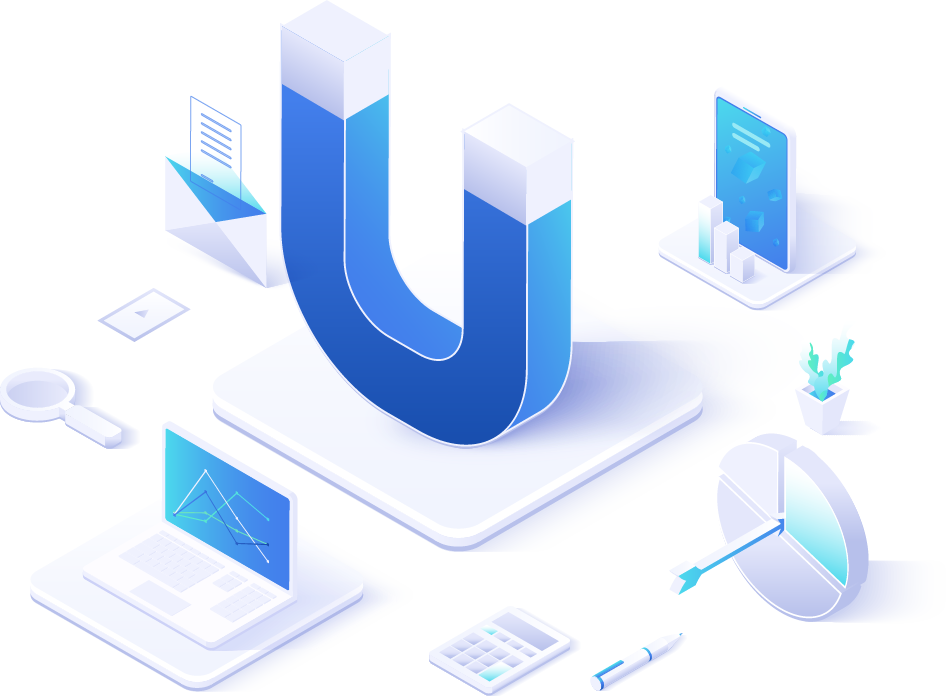- A Step-by-Step Approach
Migrating from REST to GraphQL
In this article, we’ll explore the differences between REST and GraphQL, why businesses are migrating to GraphQL, and how to approach this migration step by step.

In this article, we’ll explore the differences between REST and GraphQL, why businesses are migrating to GraphQL, and how to approach this migration step by step.

In the evolving landscape of software development, APIs are the backbone of modern applications. From powering mobile apps to enabling microservices communication, APIs play a critical role in delivering functionality and data. For years, REST (Representational State Transfer) has been the go-to standard for building APIs. However, as applications grow more complex and user demands evolve, REST often falls short in terms of flexibility and efficiency. This has led many organizations to adopt GraphQL, a query language and runtime for APIs that offers a more efficient and flexible approach to data fetching.
In this article, we’ll explore the differences between REST and GraphQL, why businesses are migrating to GraphQL, and how to approach this migration step by step. Whether you’re a developer, tech lead, or cloud architect, this guide will provide actionable insights to help you transition smoothly.
REST APIs have served the development community well for years. However, they come with inherent limitations that make them less suitable for modern application requirements. One of the most common issues with REST is over-fetching and under-fetching. In REST, endpoints return fixed data structures, which often include more data than needed (over-fetching) or lack critical data, requiring additional requests (under-fetching).
GraphQL solves this problem by allowing clients to request exactly the data they need and nothing more. With a single endpoint, GraphQL provides a flexible query structure, reducing API complexity and improving performance. Additionally, GraphQL’s schema-driven approach makes API design more intuitive and developer-friendly, especially in microservices and cloud-native architectures, where managing multiple endpoints can become overwhelming.
To understand why GraphQL is gaining traction, it’s essential to explore its key differences from REST:
These features make GraphQL particularly well-suited for modern applications that demand flexibility, scalability, and real-time data.
Migrating from REST to GraphQL is a strategic process that requires careful planning and execution. Here’s a step-by-step guide to help you navigate the transition:
Step 1: Assess Your Existing REST API
Start by evaluating your current REST API. Identify frequently used endpoints, common pain points, and areas where REST is inefficient. This assessment will help you prioritize which parts of the API to migrate first.
Step 2: Design Your GraphQL Schema
A well-designed schema is the foundation of a successful GraphQL implementation. Begin by defining the data types, queries, and mutations required for your application. Ensure that the schema aligns with your business needs and user workflows.
Step 3: Implement a GraphQL Server
Set up a GraphQL server alongside your existing REST API. Tools like Apollo Server or GraphQL.js make it easy to integrate GraphQL into your application. During this phase, you can start by exposing a few key features through GraphQL while keeping the REST API intact.
Step 4: Test and Optimize
Thoroughly test your GraphQL implementation to ensure it meets performance, security, and reliability requirements. Monitor query performance and optimize resolvers to handle complex data fetching efficiently.
Step 5: Gradual Transition and Deprecation
Adopt a hybrid approach by running REST and GraphQL in parallel. Gradually migrate clients to GraphQL by updating frontend components to use the new API. Once all clients are on GraphQL, deprecate the old REST endpoints.
To ensure a smooth transition from REST to GraphQL, consider these best practices:
GraphQL is transforming API development across industries. Here are a few examples:
Migrating from REST to GraphQL is a strategic move that can significantly improve your application’s performance, scalability, and user experience. By following a step-by-step approach and adopting best practices, businesses can transition smoothly while reaping the benefits of GraphQL.
At CogniXsoft, we specialize in helping businesses modernize their APIs through GraphQL migration, microservices integration, and serverless architectures. Contact us today to learn how we can help you build scalable, efficient APIs that meet the demands of modern applications.
Subscribe to the CogniXsoft newsletters – Join our community to receive the latest insights, industry trends, and exclusive updates on our services.
